 flickr by floorvan.
flickr by floorvan.Riday T-91
Midi Controller
Invented by Rick Riday,
the T-91 is a midi controller that uses his patented "unified keyboard" design. This design allows for identical fingering patterns for all 12 scales (12 major scales, 12 minor, 12 blues, etc.)
via Sameli.
Updates via the comments:
Via Carbon111:
"Its too bad but I don't think they ever went into production. I contacted Rick about twenty years ago and he sent me some promotional material...I think I've still got it somewhere."
Via divbyzero:
"Riday's patent sheds some light on the details of the keyboard. It's isometric like the Janko (Chromatone) and Hayden (Thummer), which makes transposition simple and shortens the learning curve compared to other nonstandard keyboards.
However, his choice of isometric offsets (go up by a half-step as you move one key to the right; go down by a whole step as you move up a row and half a key to the right) is a little odd. In particular, going down in pitch as you move up in row feels quite backwards. At least half-steps are on adjacent keys, unlike the Hayden.
I've posted this before, but I'll mention it again... my little free program qwertymidi is great for testing out experimental keyboard layouts like these."
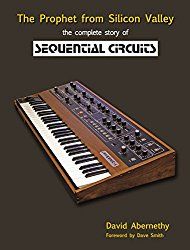
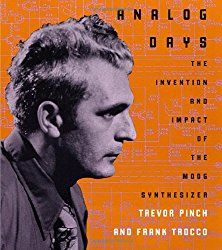
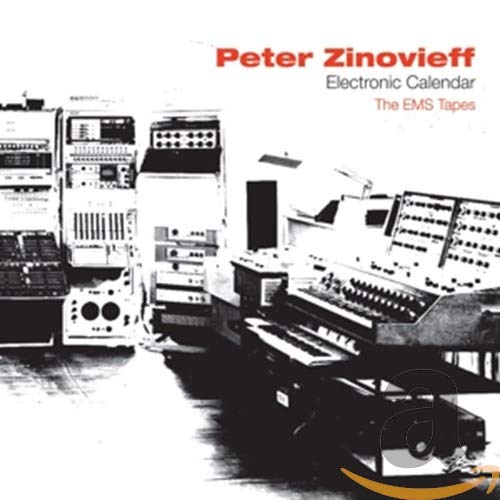
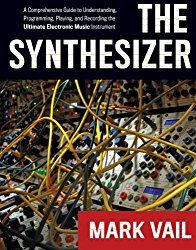
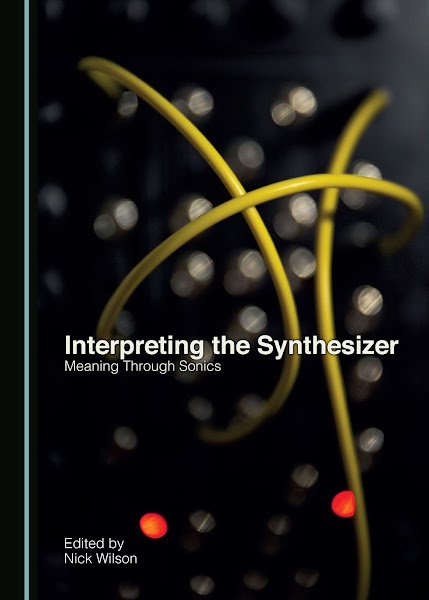
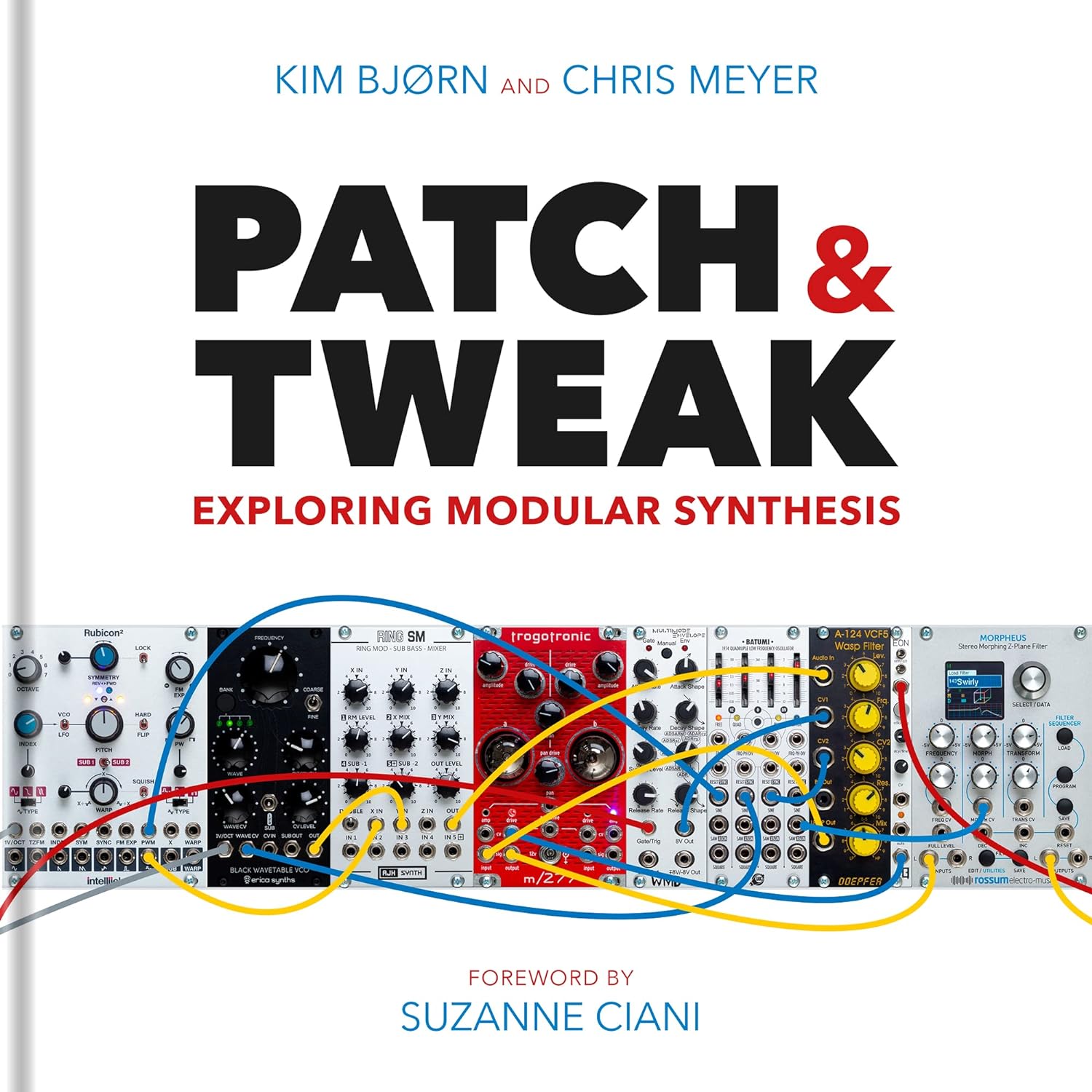
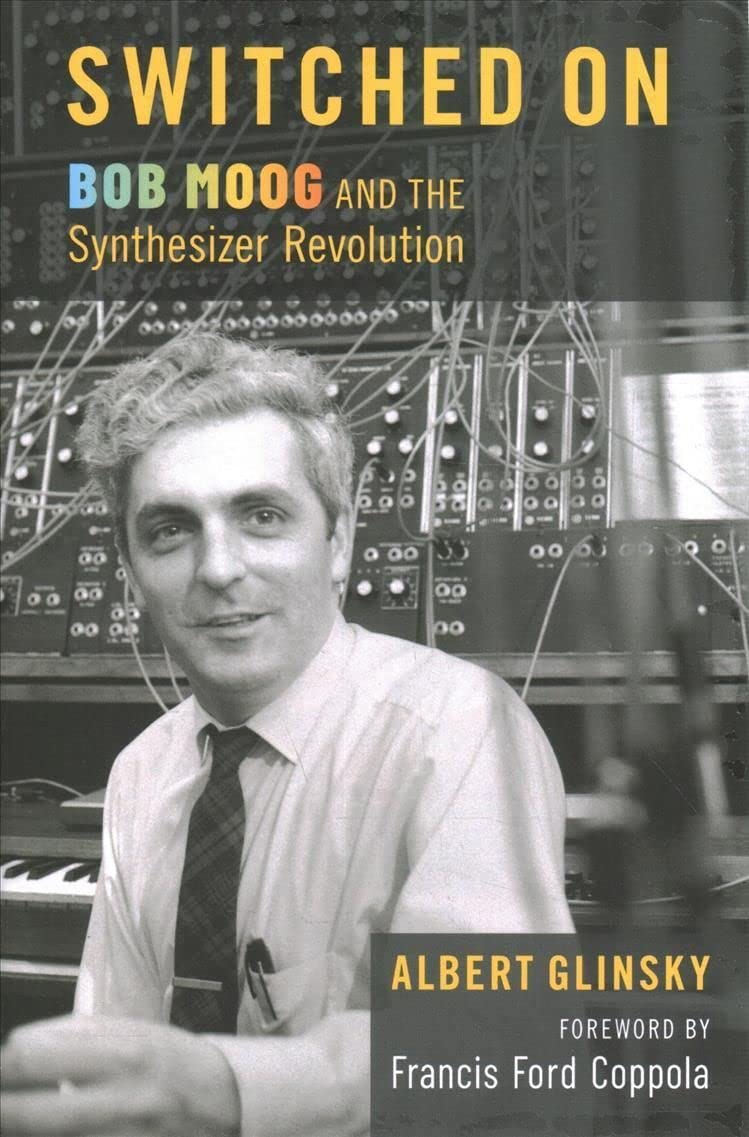
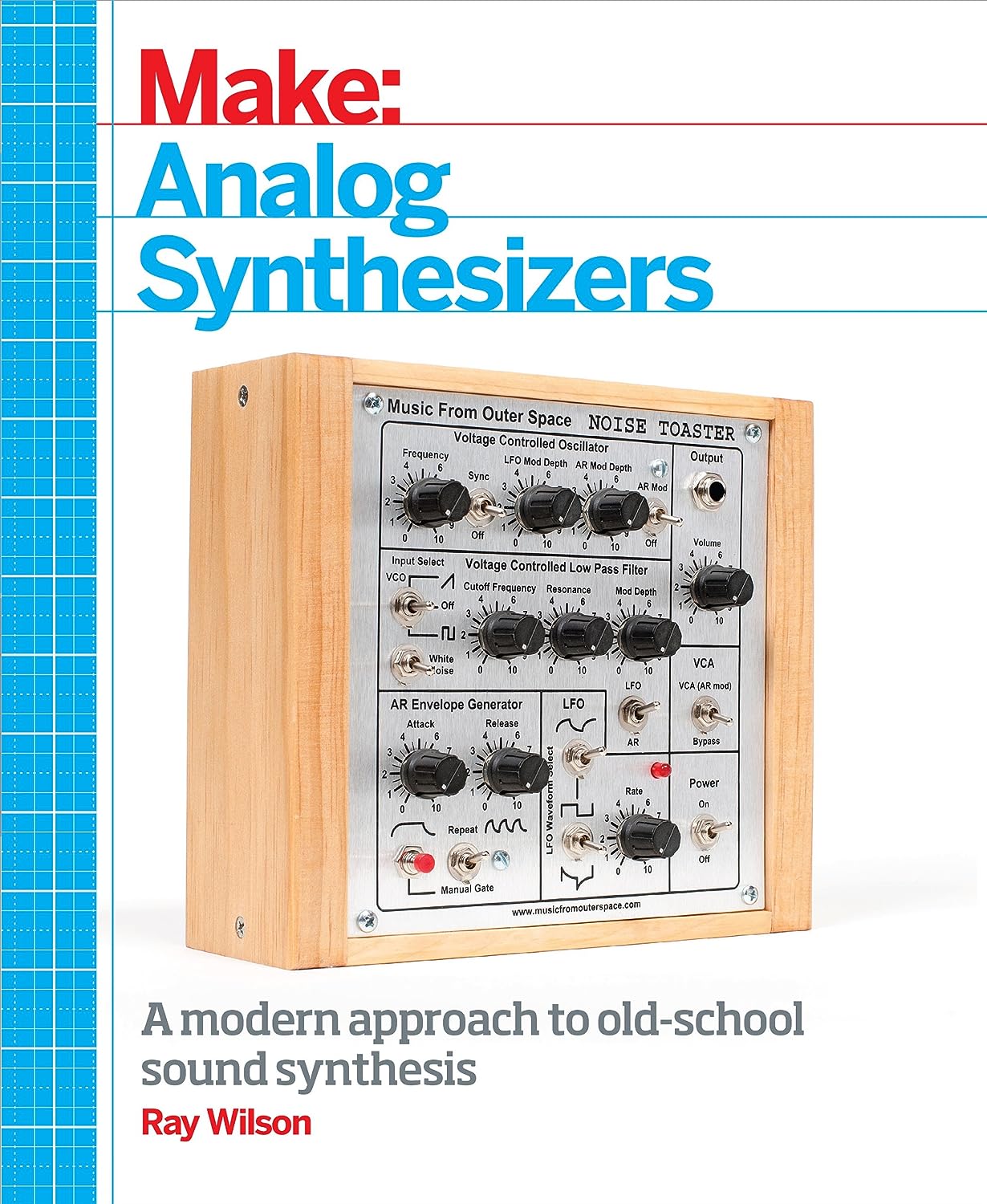
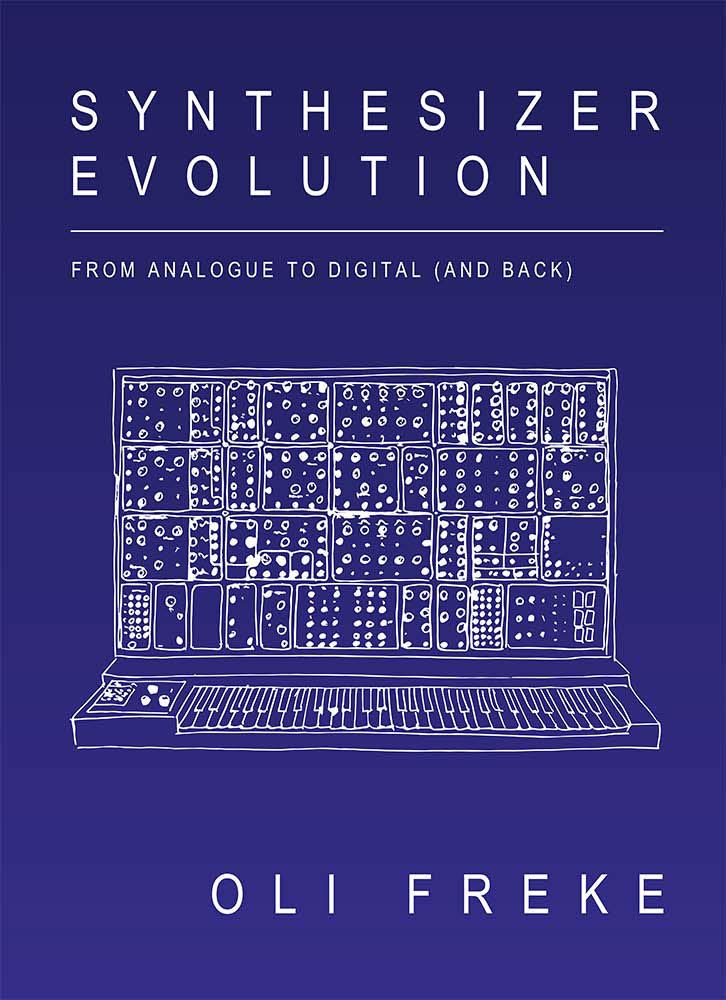
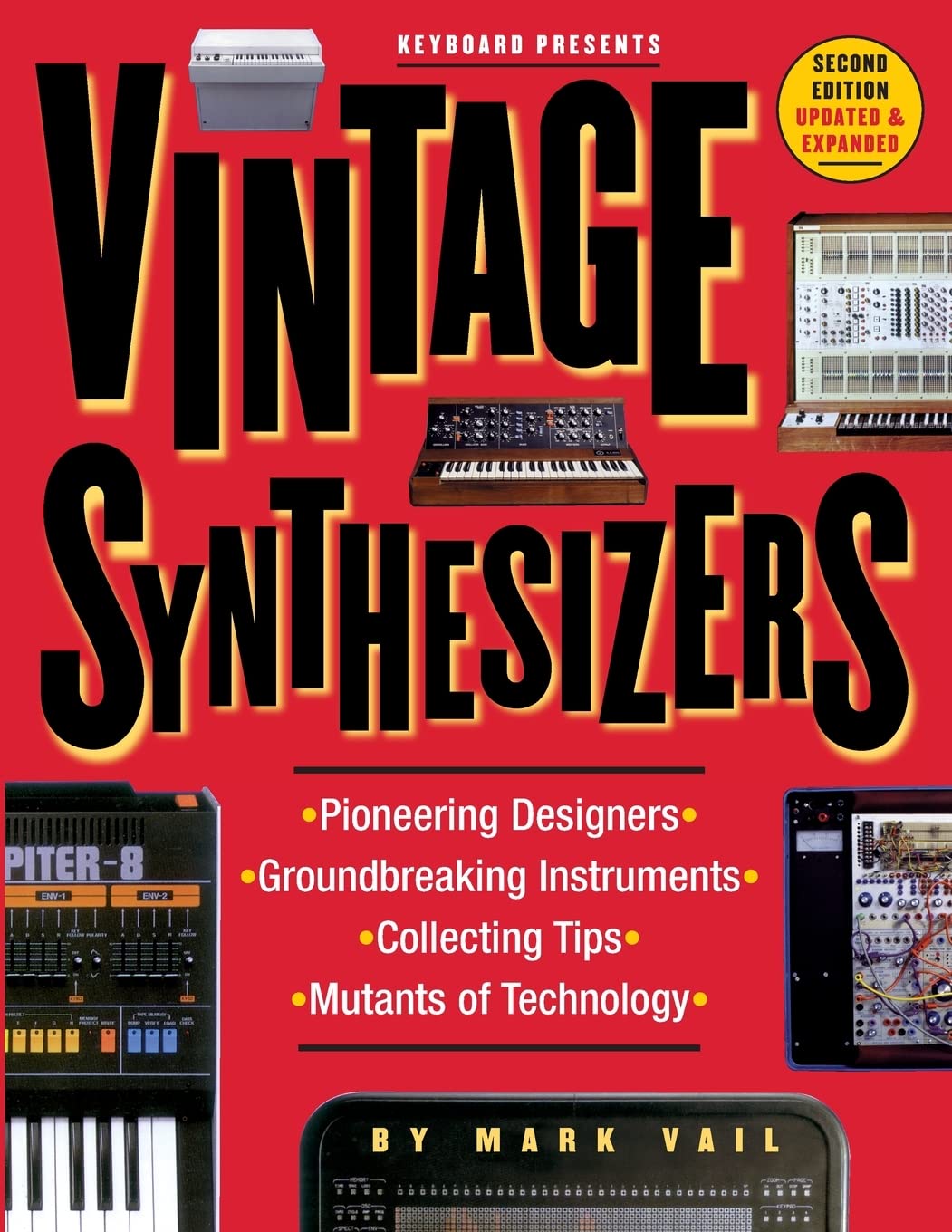

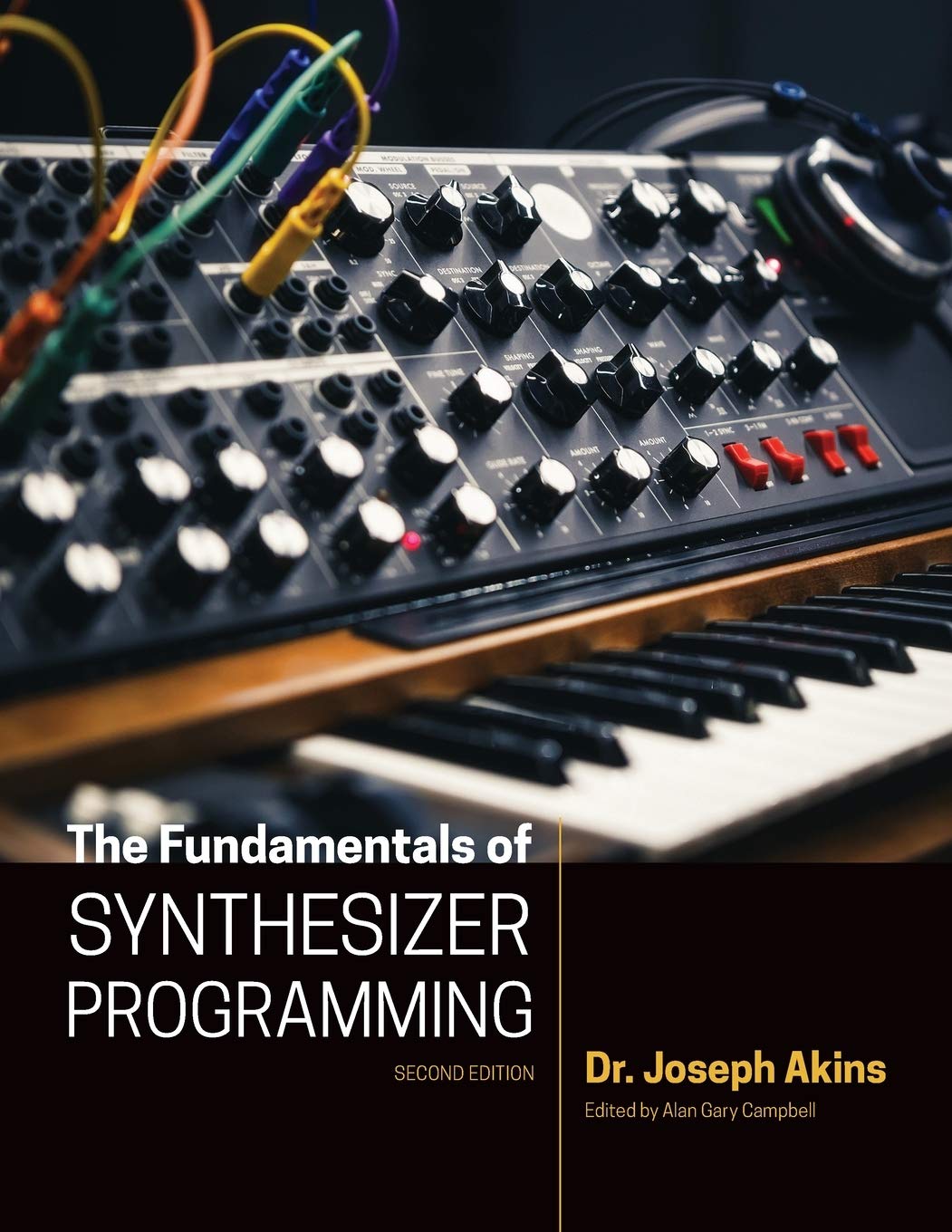














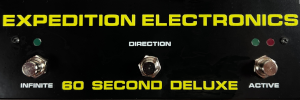
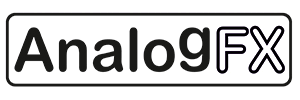









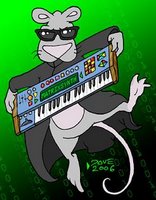
Its too bad but I don't think they ever went into production. I contacted Rick about twenty years ago and he sent me some promotional material...I think I've still got it somewhere.
ReplyDeleteRiday's patent sheds some light on the details of the keyboard. It's isometric like the Janko (Chromatone) and Hayden (Thummer), which makes transposition simple and shortens the learning curve compared to other nonstandard keyboards.
ReplyDeleteHowever, his choice of isometric offsets (go up by a half-step as you move one key to the right; go down by a whole step as you move up a row and half a key to the right) is a little odd. In particular, going down in pitch as you move up in row feels quite backwards. At least half-steps are on adjacent keys, unlike the Hayden.
I've posted this before, but I'll mention it again... my little free program qwertymidi is great for testing out experimental keyboard layouts like these.
Hi, Rick Riday here,
ReplyDeleteI'm honored and to find people who still have an interest in my invention. In response to the earlier comment about the pitch shift from row to row; The basic thumb tuck motion used to play extended scales and arpeggios on conventional keyboards was my rationale for my layout. Each thumb tuck is used to transfer the hand to the next row. However, unlike the standard keyboard, the thumb merely drops down to the next row. (instead of tucking fully under the index finger as on the standard. This promotes a much smoother thumb tucking motion.
I'm sorry I never got those things out the door. I still play my prototype, and am planning on adding it to my stage performances with Eldridge Gravy soon. (Local band -Seattle)
Cheers!